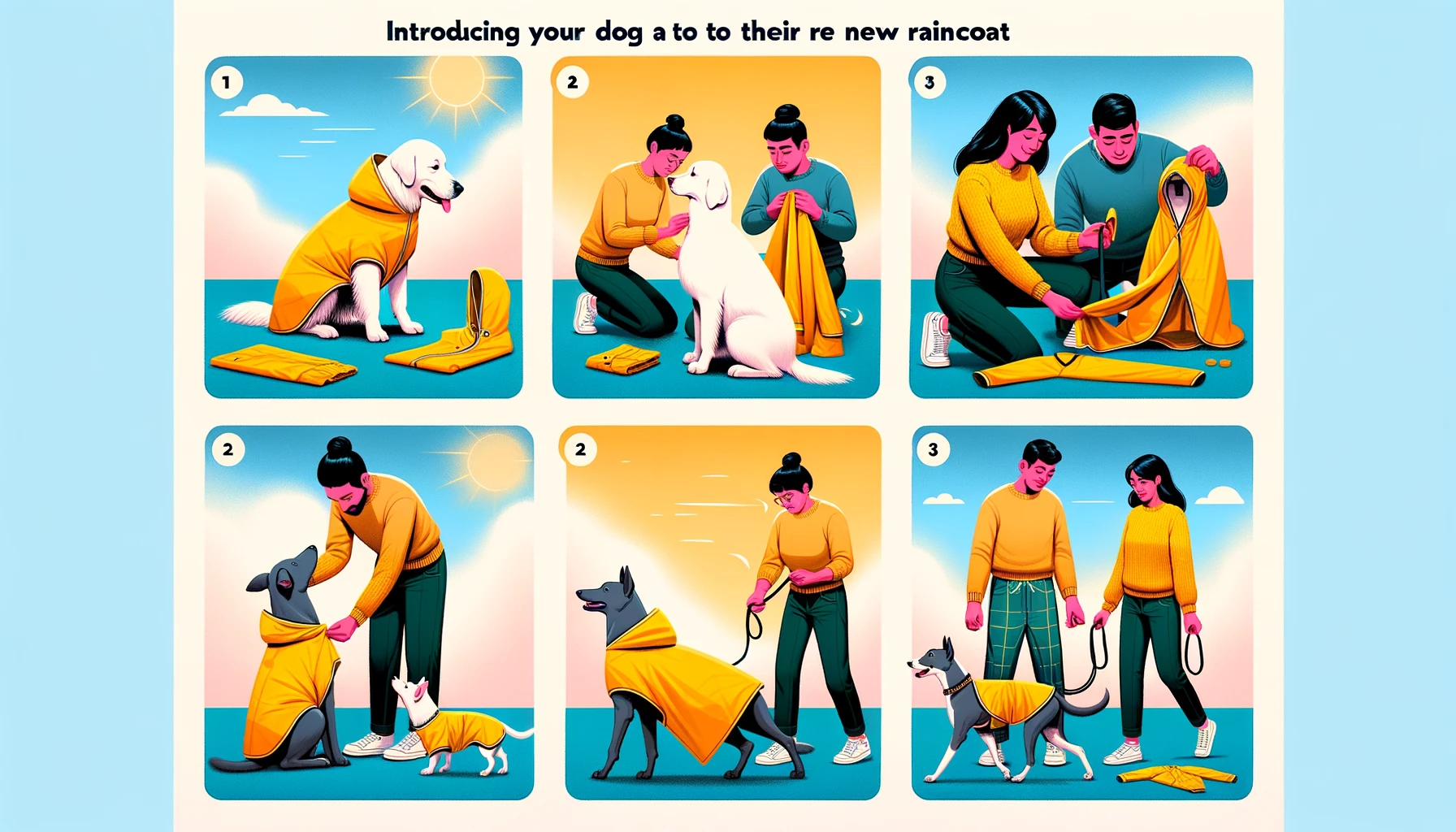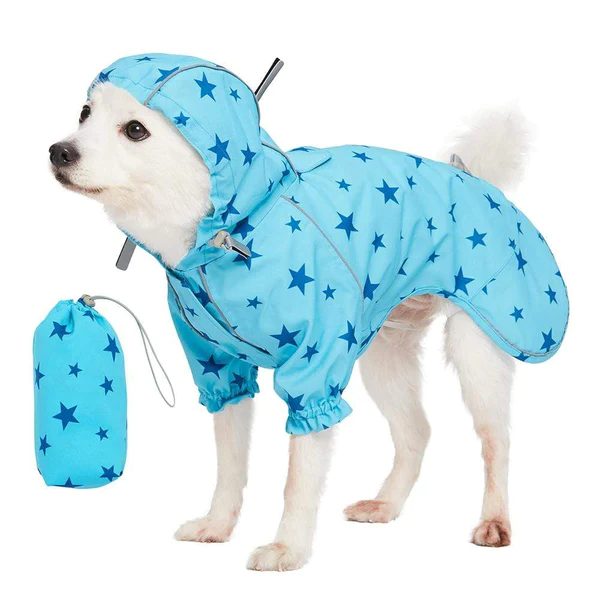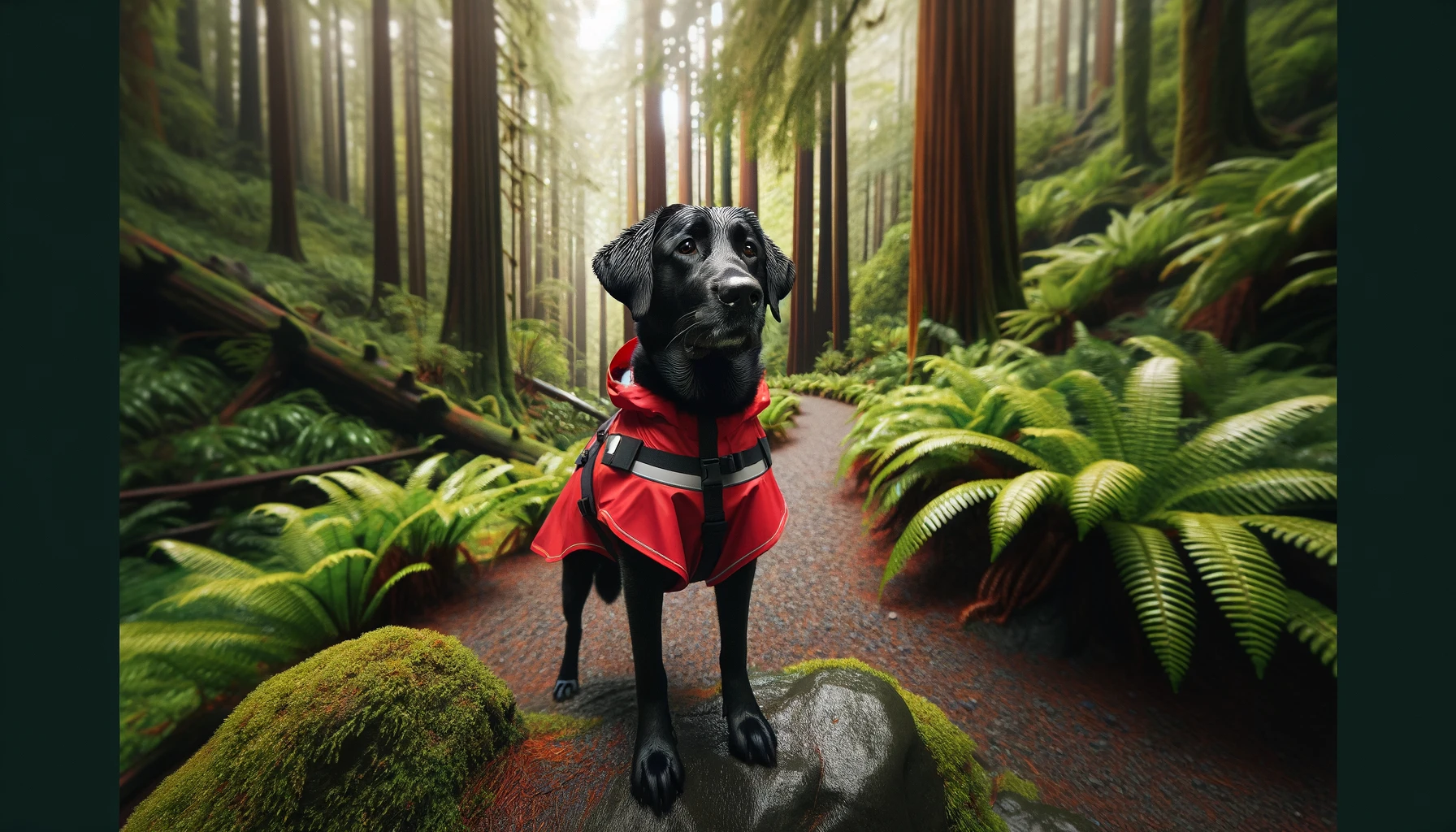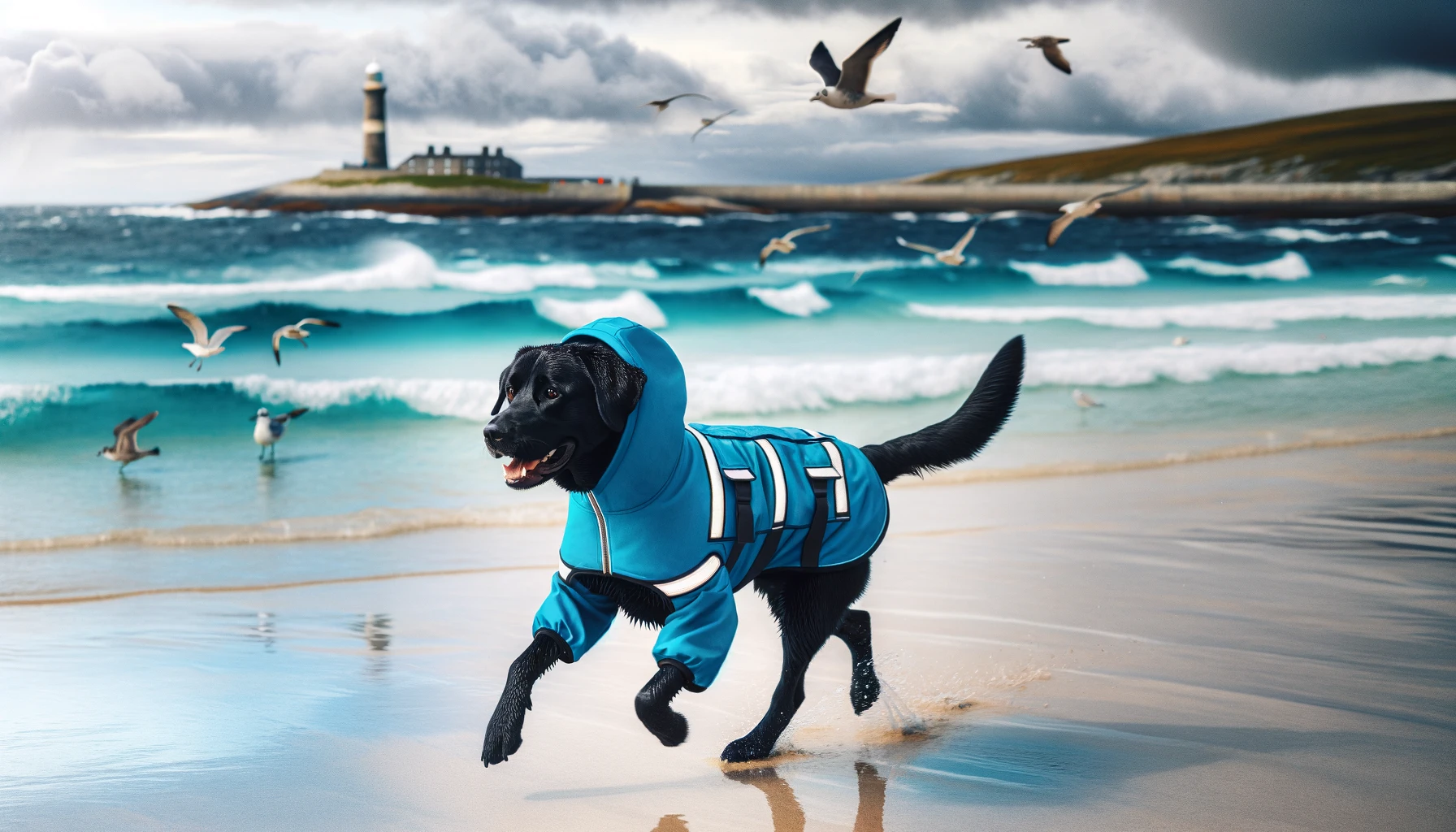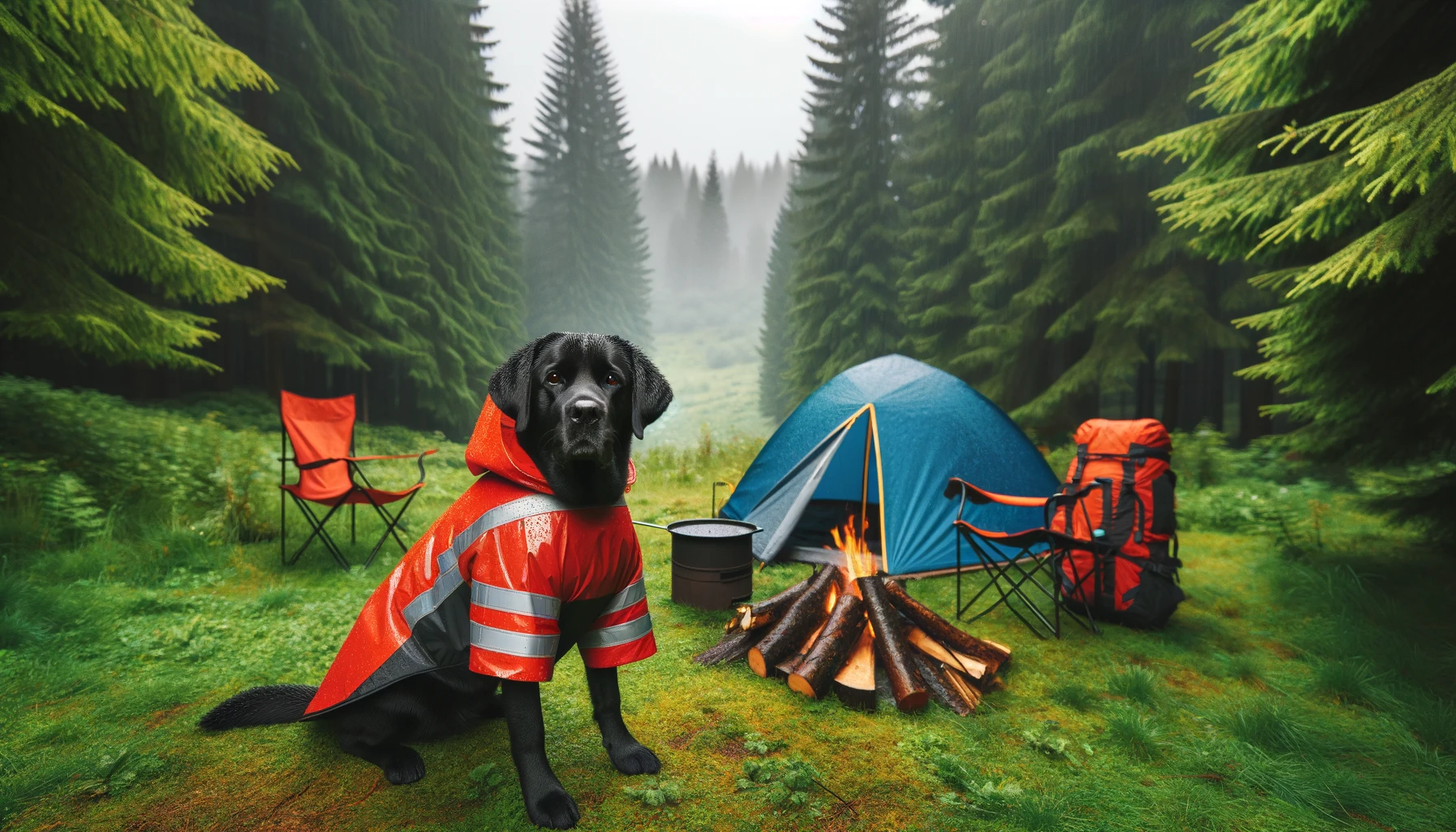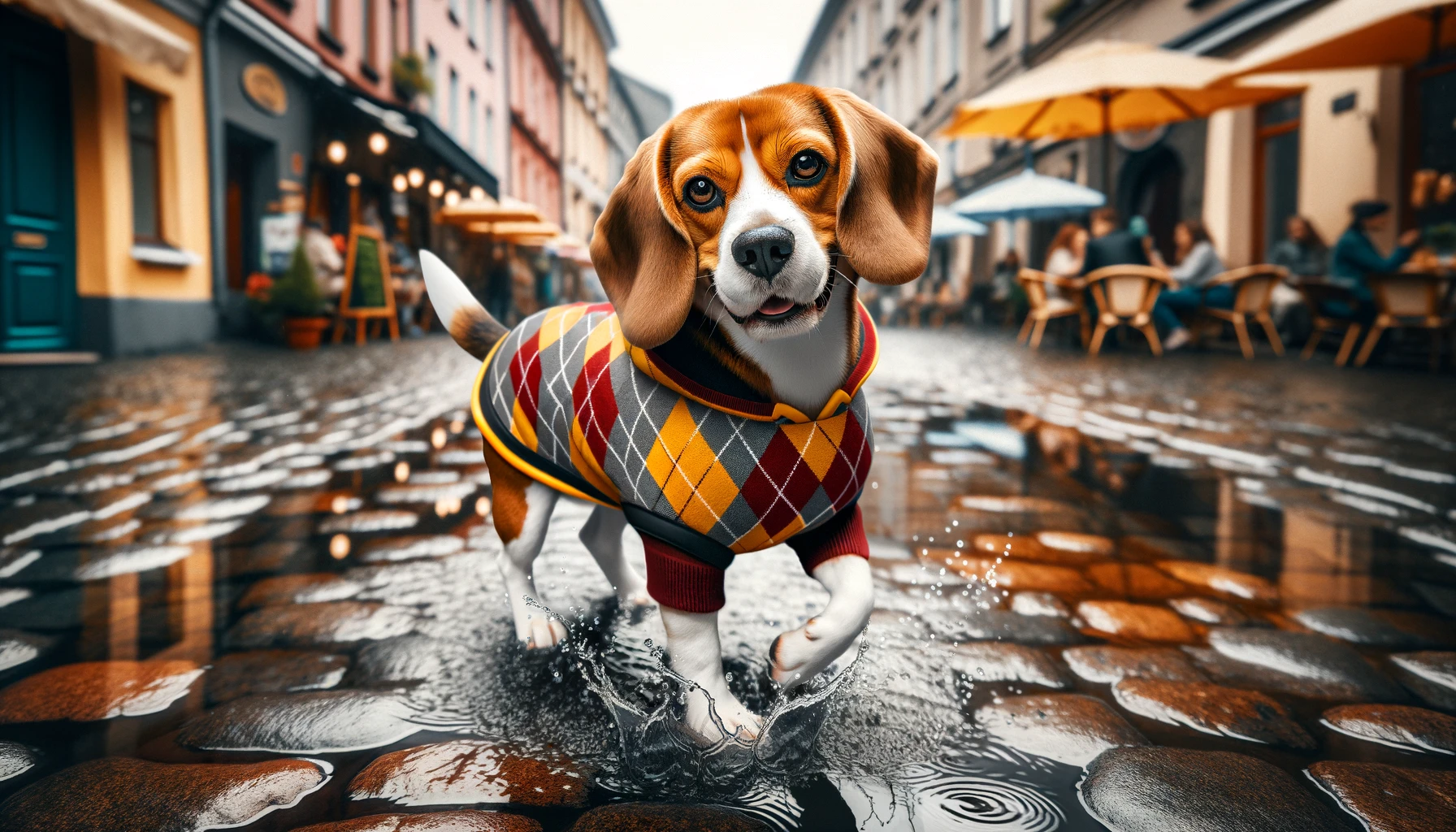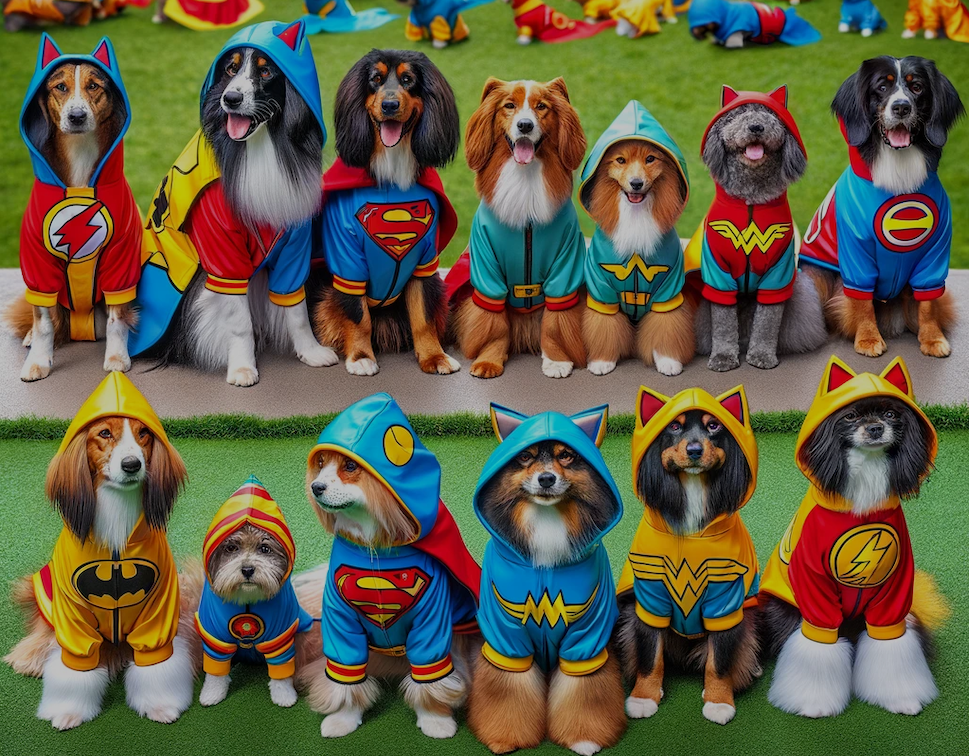As a dog owner, you know that keeping your furry friend comfortable and dry during rainy days is essential. A high-quality dog raincoat can make all the difference in ensuring your dog enjoys their walks, even in wet weather. However, introducing your dog to a new raincoat can be challenging. In this comprehensive guide, we’ll walk you through a step-by-step process to help your dog feel comfortable and confident in their new raincoat, leading to happy, stress-free walks in any weather.
Why Use a Dog Raincoat?
Before we dive into the step-by-step guide, let’s discuss the benefits of using a dog raincoat:
- Keeps your dog dry and comfortable: A wet dog can quickly become cold and uncomfortable, leading to a miserable walking experience. A raincoat helps keep your dog dry, ensuring they stay warm and happy during walks.
- Protects your home: When your dog comes back from a rainy walk without a raincoat, they can track water and mud throughout your home. A raincoat helps minimize the mess, keeping your home clean and dry.
- Reduces the risk of skin irritation: Some dogs have sensitive skin that can become irritated when exposed to prolonged moisture. A raincoat acts as a barrier, protecting your dog’s skin from the dampness and potential irritants.
- Enhances visibility: Many dog raincoats come with reflective elements, making your dog more visible in low-light conditions. This added visibility is crucial for keeping your dog safe during walks on gloomy, rainy days.
Choosing the Right Raincoat for Your Dog
Before introducing your dog to a raincoat, it’s essential to choose the right one. Consider the following factors:
- Size: Measure your dog’s neck, chest, and length to ensure you purchase a raincoat that fits well. A poorly fitting raincoat can be uncomfortable and may not provide adequate protection.
- Material: Look for raincoats made from waterproof or water-resistant materials, such as polyester or nylon. Ensure the material is also breathable to prevent your dog from overheating.
- Adjustability: Choose a raincoat with adjustable straps or closures to ensure a snug, comfortable fit for your dog.
- Ease of movement: Make sure the raincoat allows your dog to move freely without restriction. Look for designs that don’t impede your dog’s natural gait or ability to relieve themselves.
- Visibility: As mentioned earlier, raincoats with reflective elements can help keep your dog visible in low-light conditions, enhancing their safety during walks.
Some top-rated dog raincoats include:
Step-by-Step Guide to Introducing Your Dog to Their New Raincoat
Now that you’ve chosen the perfect raincoat for your dog, it’s time to introduce them to it gradually and positively. Follow these steps:
Step 1: Let your dog investigate the raincoat
- Place the raincoat on the floor in a room where your dog is comfortable.
- Allow your dog to approach the raincoat on their own terms, sniffing and investigating it at their own pace.
- Encourage your dog to interact with the raincoat by placing treats on or near it. This positive association will help your dog view the raincoat as a pleasant object.
Step 2: Touch your dog with the raincoat
- Once your dog is comfortable with the raincoat’s presence, gently touch them with it.
- Start by touching your dog’s back with the raincoat, then progress to their sides, chest, and legs.
- Reward your dog with treats and praise throughout this process to maintain a positive association.
Step 3: Drape the raincoat over your dog
- When your dog is comfortable being touched by the raincoat, drape it over their back without fastening it.
- Allow your dog to move around with the raincoat draped over them, continuing to offer treats and praise.
- If your dog seems uncomfortable, remove the raincoat and go back to step 2.
Step 4: Fasten the raincoat
- Once your dog is comfortable with the raincoat draped over them, attempt to fasten it.
- Start by fastening the raincoat loosely, allowing your dog to get used to the sensation.
- Gradually tighten the raincoat to a snug but comfortable fit.
- Reward your dog with treats and praise throughout the process.
Step 5: Practice wearing the raincoat indoors
- With the raincoat fastened, encourage your dog to walk around indoors.
- Engage your dog in playtime or offer treats to create a positive experience while wearing the raincoat.
- Gradually increase the amount of time your dog spends wearing the raincoat indoors.
Step 6: Transition to outdoor wear
- Once your dog is comfortable wearing the raincoat indoors, it’s time to transition to outdoor use.
- Start by having your dog wear the raincoat in your yard or a quiet outdoor area.
- Gradually build up to short walks in the raincoat, continuing to offer treats and praise.
- As your dog becomes more comfortable, increase the duration of your walks in the raincoat.
Remember to be patient throughout this process. Some dogs may adapt to wearing a raincoat quickly, while others may need more time and encouragement. Always prioritize your dog’s comfort and never force them to wear the raincoat if they show signs of distress.
Tips for Successful Raincoat Introduction
- Use positive reinforcement: Consistently reward your dog with treats, praise, and playtime when they interact positively with the raincoat.
- Take breaks: If your dog shows signs of discomfort or stress, remove the raincoat and take a break. You can always try again later.
- Be patient: Don’t rush the process. Allow your dog to progress at their own pace to ensure a positive experience.
- Make it fun: Incorporate playtime and games while your dog wears the raincoat to create a positive association.
- Watch for signs of discomfort: If your dog exhibits signs of distress, such as freezing, cowering, or trying to remove the raincoat, discontinue use and consult with a professional dog trainer for guidance.
Maintaining Your Dog’s Raincoat
To ensure your dog’s raincoat remains effective and comfortable, follow these maintenance tips:
- Clean regularly: Follow the manufacturer’s instructions for cleaning your dog’s raincoat. Most raincoats can be machine washed on a gentle cycle or wiped down with a damp cloth.
- Dry thoroughly: After cleaning, allow the raincoat to air dry completely before storing or using it again.
- Check for damage: Regularly inspect the raincoat for signs of wear, tear, or damage. Replace the raincoat if necessary to ensure optimal protection for your dog.
- Store properly: When not in use, store your dog’s raincoat in a cool, dry place away from direct sunlight.
Conclusion
Introducing your dog to a new raincoat may seem daunting, but with patience, positive reinforcement, and a gradual approach, you can help your furry friend feel comfortable and confident in their new attire. By following this step-by-step guide and prioritizing your dog’s comfort, you’ll be able to enjoy happy, dry walks together, no matter the weather.
Remember, every dog is unique and may respond differently to wearing a raincoat. If you encounter challenges or have concerns about your dog’s comfort, don’t hesitate to consult with a professional dog trainer or veterinarian for personalized guidance.
With the right raincoat and a positive introduction, you and your dog can look forward to many enjoyable, stress-free walks in the rain. Happy exploring!

